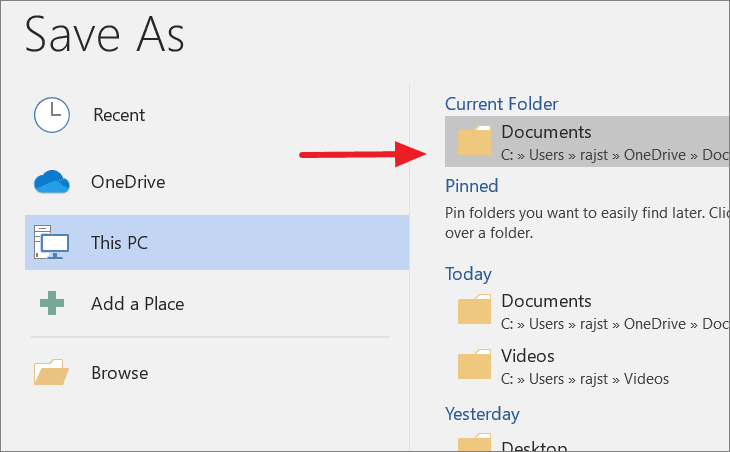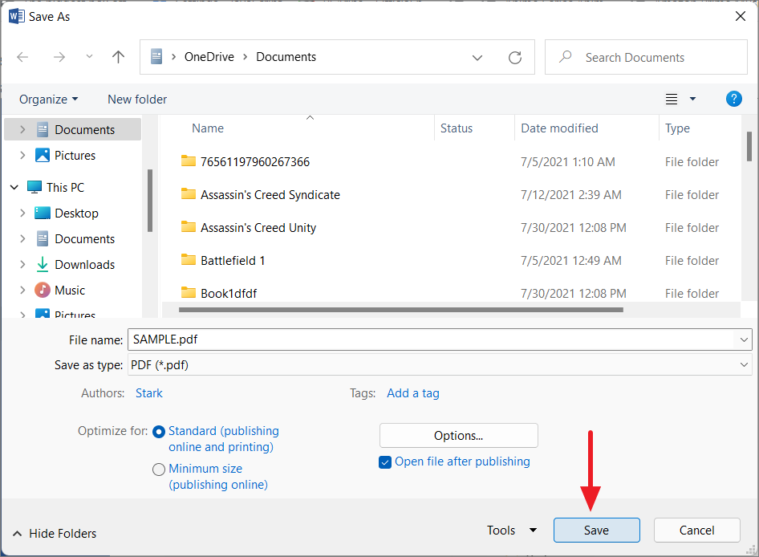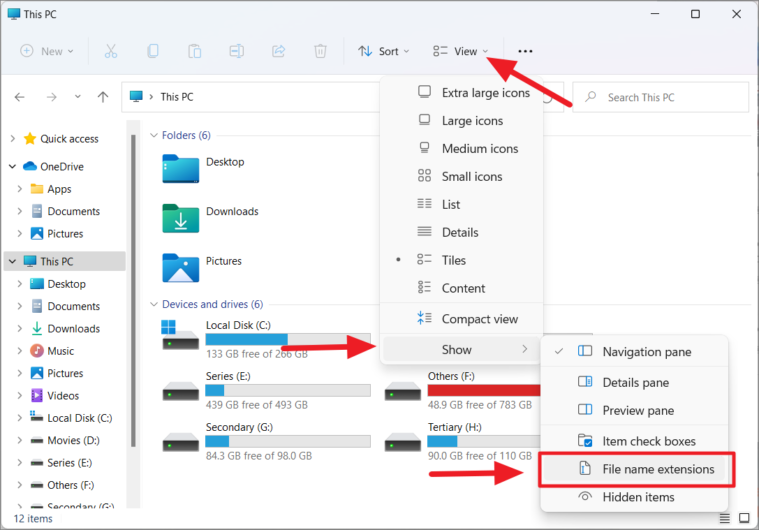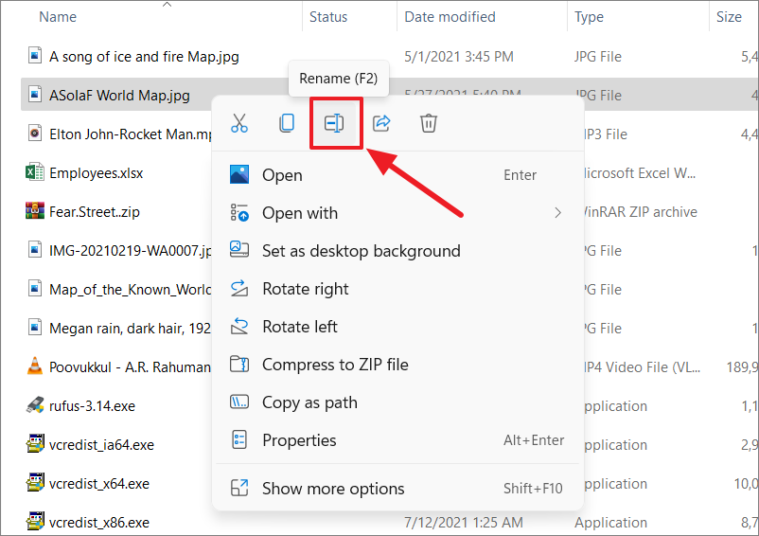File extensions play a crucial role in identifying the type of data contained within a file and determining which programs can open it. These extensions, typically three or four letters long, appear after a period at the end of a filename (e.g., .docx, .png, .mp4). While changing file types can sometimes be necessary, it's important to understand when and how to do it safely.
In this guide, we'll explore multiple methods to change file types in Windows 11, starting with the most effective approach.
Changing file type by saving in another format
The most reliable way to change a file's type is by saving or exporting it to a different format using the original software. This method ensures that the file's content is properly converted, minimizing the risk of data corruption.
Here's how to save a file in a different format using Microsoft Word as an example:
- Open the file you want to convert in its corresponding program (in this case, MS Word).
- Click on the 'File' menu in the ribbon.

- Select 'Save As' from the left pane.

- Choose a location to save the file.

- In the Save As window, you can rename the file if desired. Click the 'Save as type' drop-down menu and select the new file format (e.g., PDF).

- Click 'Save' to complete the process.

Changing file type through renaming in Windows File Explorer
For situations where saving in a new format isn't possible or practical, you can change the file extension directly in Windows File Explorer. However, this method should be used cautiously as it doesn't alter the file's contents and may render the file unusable if done incorrectly.
Before changing file extensions, you need to make them visible in File Explorer:
Show file extensions in File Explorer
- Open File Explorer (press
Windows+E). - Click on the 'View' drop-down in the File Explorer ribbon.
- Expand the 'Show' option and click 'File name extensions'.

Once file extensions are visible, follow these steps to change the file type:
- Right-click on the file and select 'Rename' or press
F2.

- Change the file extension to the desired format.
- Press
Enteror click elsewhere to apply the change. - Confirm the change when prompted by the warning dialog.

Using online file conversion services or software
When the above methods aren't suitable, you can turn to specialized file conversion tools. These come in two forms: downloadable software and online services.
Popular file conversion software includes:
- Doxillion for document conversions.
- Freemake Video Converter for video file conversions.
- Format Factory for various multimedia file conversions.
For online conversion services, consider:
These tools often support a wide range of file formats and can be particularly useful for less common conversions.
Changing file types can be a useful skill, but it's important to use the appropriate method for your specific needs. Always ensure you have a backup of your original file before attempting any conversions to prevent data loss.











Member discussion